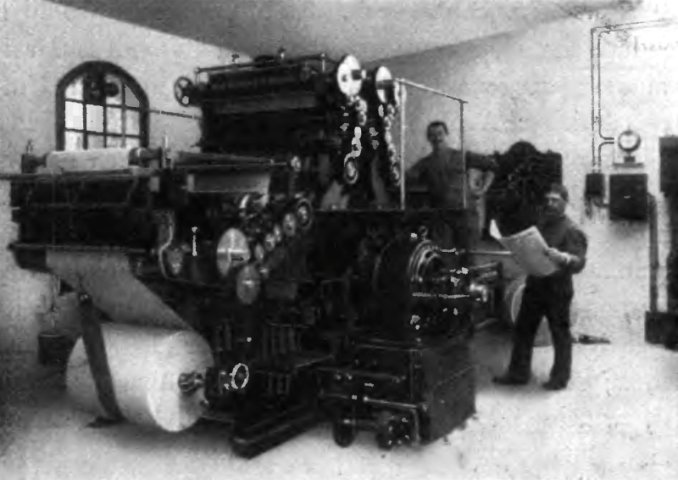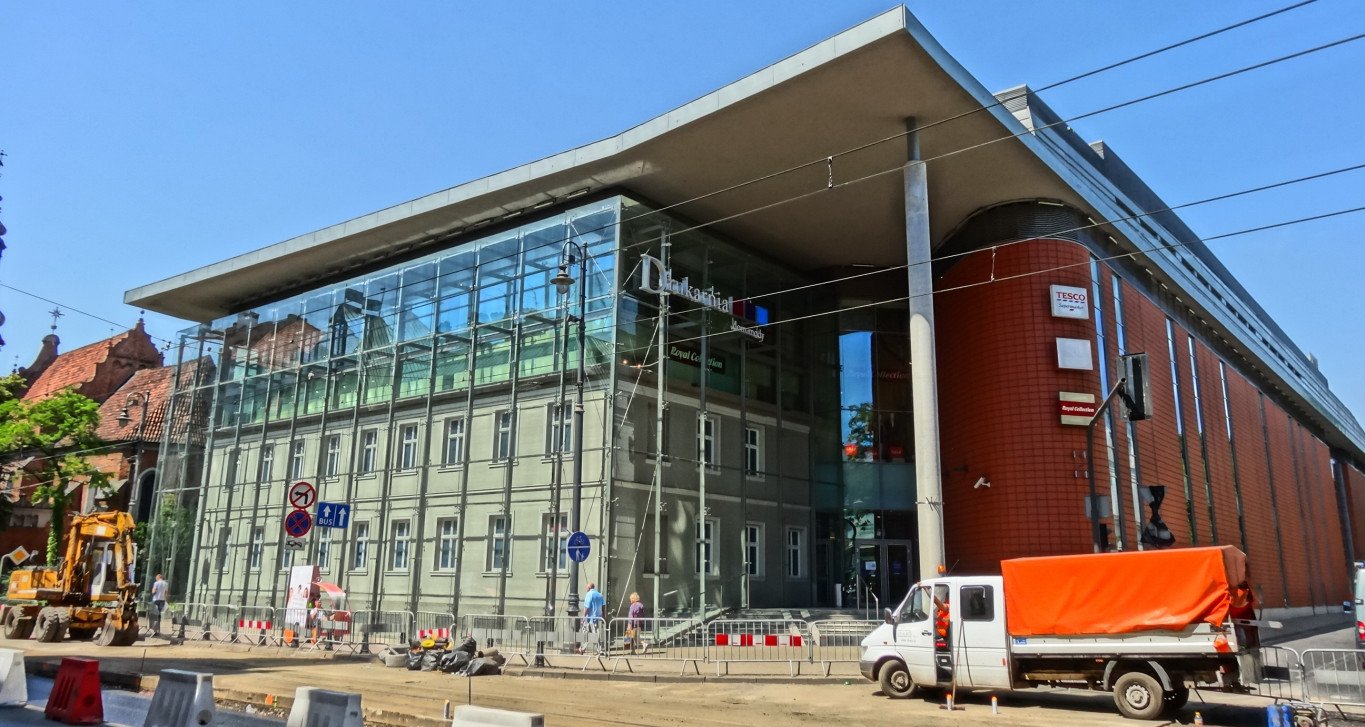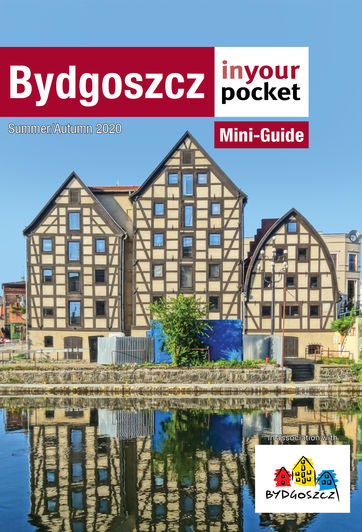
Picture from "Industrie und Gewerbe in Bromberg"
Up until 1920, despite multiple changes in ownership,

Following the Nazi Occupation in WWII, German troops destroyed 44 of the plant's machines and repossessed over 20 of the most valuable ones. Printing activity was limited to newspapers and other ephemeral publishing. After the war, a commemorative brass plaque was placed on the printing house's Gdanska street side: it mentions the names of Bydgoszcz printers, booksellers, librarians and journalists murdered by the Nazis during World War II.
After the liberation of Bydgoszcz in early 1945, the facility provided military printing and published the first new city newspapers. At the same time it started to issue its first textbooks, teaching aids, maps and other school documents. Amid further expansions, its first colour manual was published in 1949. At that point, the print house became the largest one in Poland for textbooks and educational magazines. Approximately 20 million books and teaching aids were issued every year: more than half of all Polish-printed textbooks. Even in the 1980s, these printing plants provided over 40% of national production of textbooks (18 million units per year).

into the Shopping Centre building. You can view this feature on ul. Jagiellońska.
You can see this feature on the ul. Jagiellońska side!




Comments